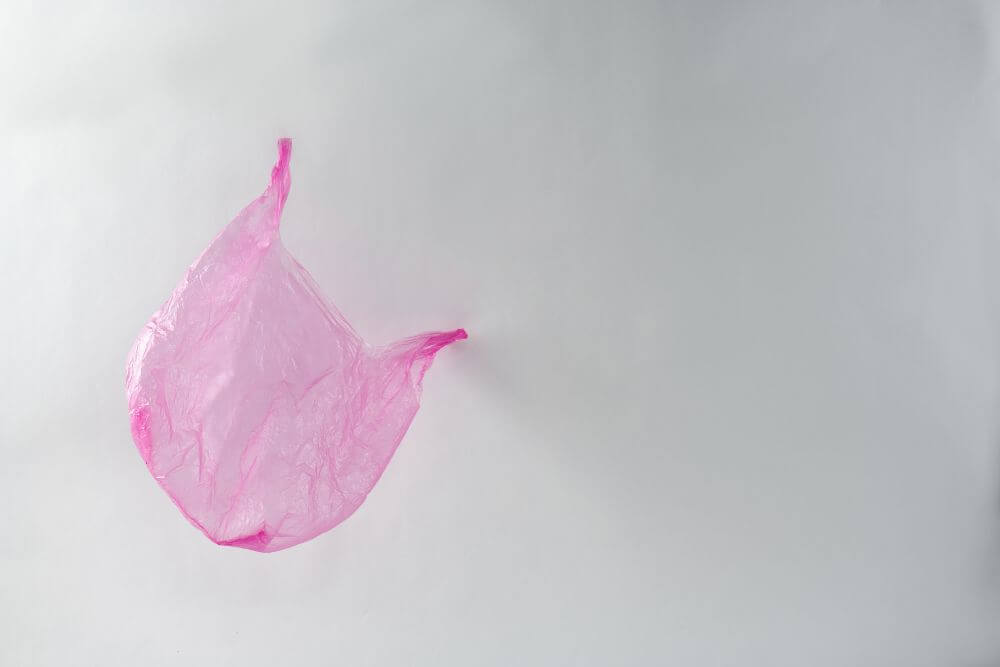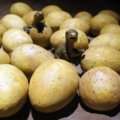Do you believe in magic? Well, sorry to break it to you, but magic doesn’t exist. Science can explain every seemingly fantastic phenomenon!
Contents
Have you ever rubbed two inflated balloons to stick them together? Did you ever find scraps of paper sticking to your sweater in the winter?
Your kids may have also seen these things happening. But before they start attributing all this to Harry Potter, you should let them understand that “static electricity” is behind all this sorcery! Here is how to explain static electricity to kids.
The Theory Behind Static Electricity
All things are made from atoms. These atoms contain charges, both positive and negative, known as protons and electrons, respectively. (For the puritans: there are neutrons as well, which have zero charges, but they are not relevant to this discussion).
Protons carry a positive charge, whereas electrons have a negative charge. Opposite charges attract each other whereas like ones repel.
When there is a balance between the charges in an atom, the atom remains neutral. However, rubbing an object with some specific things (like cloth or plastic) can cause electrons to shift from the plastic or rubber object.
When this happens, the charges in the first object’s atoms become unbalanced, which manifests itself as “static electricity.”
Now I am sure many of you are scratching your head and asking: “I didn’t understand half of that myself; how will I ever explain this to my kids?”
Well, this was my question too, when my kid touched a doorknob and felt a mild shock. I knew words would not be enough to explain the concept. Therefore I decided to do a few fun activities with him instead! You can learn from my experiments and use it to explain this critical scientific principle to your children!
Activity 1: Flying Plastic Bag
All you need is a light plastic bag, plastic rod, and a piece of cloth to perform this activity. Let your child do the action; you can explain to him/her the static electricity concept later.
Steps to be followed:
- Ask your kid to rub the rod’s surface with the cloth for almost 40 to 50 seconds.
- Now do the same with the plastic bag after flattening it.
- Drop the plastic bag from a height and place the rod underneath it. You can observe the plastic bag rising.
- Let your child hold the rod and ask him/her to change the bag’s direction. Isn’t it fun!
What happened here?
After you rubbed the plastic bag and rod with the cloth, they become negatively charged. Since they both carry a negative charge, they repelled from each other. This opposite force made the plastic bag move away from the rod.

Activity 2: Roll a Can
With static electricity, you can make an aluminum can roll. Take a plastic rod, an aluminum can, and a piece of cloth. Let’s get started.
Steps to be followed:
- Use the cloth to rub the surface of the rod for at least 40 to 50 seconds.
- Do the same with an aluminum can.
- Now make your child hold the rod near the can.
- Observe the can rolling towards the rod as soon as the rod comes near it.
What happened here?
After rubbing the rod and can with cloth, the rod becomes negatively charged. Whereas the can remains positively charged. Since both the items are carrying opposite charges, they tend to attract each other. This is why the can is drawn towards the rod.
Activity 3: Standing Hair
With static electricity, you can even make your hair stand. To watch the magic happen, all you need is a balloon and a piece of cloth.
Steps to follow:
- Inflate the balloon.
- Rub the surface of the balloon with cloth for 30 seconds.
- Now hold the balloon above your head and observe the hairs standing. Don’t allow the balloon to touch the hair.
What happened here?
After rubbing with a cloth, the balloon becomes negatively charged. Since we did not touch the hair, it was charged positively. This is why the balloon attracts the hair towards itself.

Activity 4: Separate Salt From Pepper
You can easily separate pepper from salt with static electricity. You will need some small items from your kitchen pantry to start this activity. All you need is some salt, pepper, a plastic spoon and a piece of cloth.
Steps to follow:
- Mix pepper and salt thoroughly and place it on a plate.
- Now ask your kid to rub the plastic spoon with a cloth for at least 40 to 50 seconds.
- Hold the spoon right above the mixture. Pepper particles will start jumping and sticking to the spoon.
- Enjoy the view!
What happened here?
When you take a plastic spoon and rub it with a cloth for 40 to 50 seconds, the spoon gains electrons. Now since salt and pepper granules are positively charged, they tend to get attracted towards the spoon. But since pepper is lighter than salt, it jumps quickly to stick to the spoon.
Activity 5: Dancing Plates
You thought only you could dance? No, your kitchen plates can dance too. Don’t believe me? Check out this activity. But first, gather a few items such as two styrofoam plates and a piece of cloth.
Steps to follow:
- Take one plate and rub its base with the cloth for 60 seconds.
- Now place the other plate upside down on the table.
- Try to put the first plate on the second one.
- Enjoy the plate dance!
What happened here?
Here again, static electricity played a role. When you rubbed the plate with a cloth, it gained some electrons from the cloth and became negatively charged. When you tried to place the negatively charged plate on the positively charged one, they repelled each other.
Weren’t all these activities engaging?
I hope they helped you explain static electricity to your little one. However, in case you still have a doubt or two, here are answers to some frequently asked questions:
Can Static Electricity Cause Damage To Electronic Gadgets?
Not all gadgets are vulnerable to static electricity. Electronic chips found in computers are sensitive to static electricity. This is why we store them in unique bags. Engineers working on these types of electronics wear unique hand straps so that they don’t cause any harm to the electronics.
Is Static Electricity Any Useful For Us?
Yes, there are quite some uses of static electricity in our daily lives. It is used in photocopy and printing machines where static electric charges attract the ink to the paper.
Final Words
Try to involve your kids as much as you can in these simple science activities. These activities will be enough to explain to them how static electricity works. If you still have some questions, feel free to ask us!
As a parent of a five-year-old inquisitive boy, I have gained a lot of experience finding fun activities and toys to help him understand science and understanding our world in general. On this blog, you’ll find an extensive amount of tutorials, guides, and toys about Science, Technology, Engineering, and Math based on my personal experience to help your child develop critical STEM skills.






